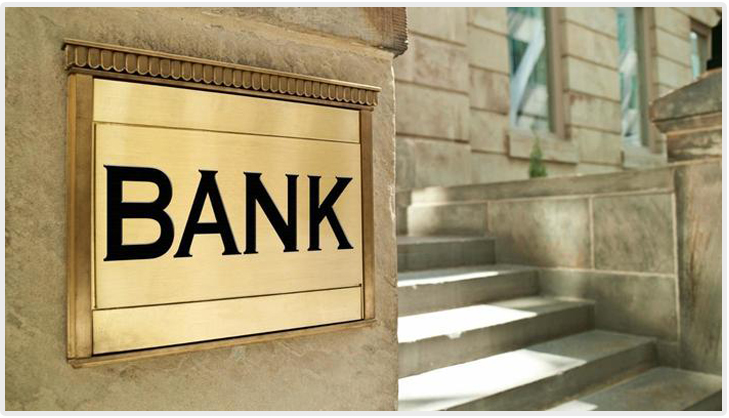In many cases a company has a bank loan or line of credit but the amount is not enough to fund new opportunities for the company. When the bank is approached about increasing the debt, if they can’t substantiate the increase, they will refuse to extend any further credit. Invoice factoring is an option to finance the growth but since the bank debt is less expensive than invoice factoring costs, it benefits a company to keep what bank financing it has in place. However, the cost of lost profit from turning down additional work can be significant.
The best scenario would be to factor the new projects while keeping the existing bank line in place. In doing so you maximize the amount of bank funding and use invoice factoring for business growth. If your bank debt is unsecured, meaning that a financing statement (UCC1) has not been filed, then establishing a factoring relationship is straight forward. The factoring company will need a first position UCC1 on the accounts receivable being factored. If the bank has secured the debt by filing a UCC1 on your company then an agreement called an inter-creditor agreement must be established with the bank. This agreement gives the factor first position on invoices and the bank keeps a first position on all other assets. In some cases the bank will require that the factor pay them the monthly amount owed on the loan first before funds are given to you from factoring the current invoices.
In cases where the bank will not sign an agreement and there is a bank UCC1 filed it will be necessary to buy out the bank debt completely or in some cases buy down the debt to an amount where the bank removes the UCC1 filing. As above, this will free you to move forward with factoring. In this latter case you still can take advantage of some level of bank funding while using factoring selectively to grow your business profitably.






















Leave A Comment